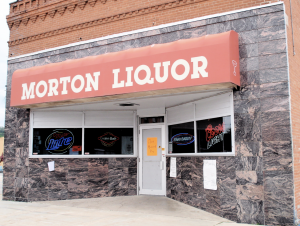Booking for Groups Everywhere

Most people do not think of looking for geology from the sidewalks they travel, but for the intrepid geologist any good rock can tell a fascinating story. On this virtual tour, which incorporates illustrations and photographs, you will explore a range of rocks equal to any assembled by plate tectonics, such as:
— 3.5-billion-year-old gneiss and 120,000-year-old Italian travertine;
— a fossil-rich limestone that is the most commonly used building stone in the US;
— and the granite that led to the construction of the first commercial railroad in America.

In this virtual exploration of building stone from across the United States and Italy, I discuss history, transportation, and architecture to give you a new way to appreciate urban geology. Plus, we’ll even “visit” a couple of quarries and see where the stone originates.
Please contact me to book me live for a one-hour program (includes time for Q&A). Up to 25 people on a Zoom talk.
“David’s talk “Stories In Stone” is a fascinating ‘virtual field trip’ on the quarrying and use of building stone across our urban landscapes and even in historic structures, such as the Roman Coloseum. It is an entertaining and informative presentation for both geologists and non-geologists alike.”
Rob Dietrich, Rocky Mountain Association of Geologists
“David B. Williams’ virtual Stories In Stone tour is engaging, entertaining, and educational. As you’d expect from a naturalist of Williams’ caliber, the tour is multifaceted- weaving together geology, geography, architecture, and history. The virtual tour has the added benefit of “visiting” national and international locations. Mr. Williams’ humor and personality contribute to the experience and make for a welcoming question and answer session at the end. I highly recommend it.”
Kim Owens, Program Director, Seattle Architecture Foundation
Stories In Stone Clip from dbw on Vimeo. From a program presented to Seattle Architecture Foundation.
My talk is a Zoom meeting format of a PowerPoint presentation with me as a live narrator. To try to make it feel more in-person, I incorporate video and Google Earth to travel to different locations, including Minnesota, Massachusetts, Indiana, and Italy. I am available for questions throughout and after the talk.
